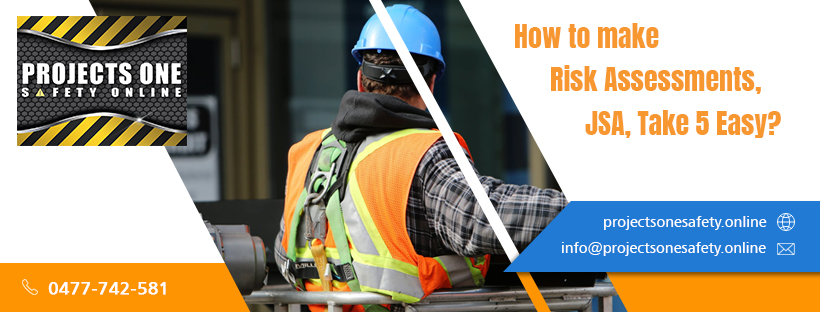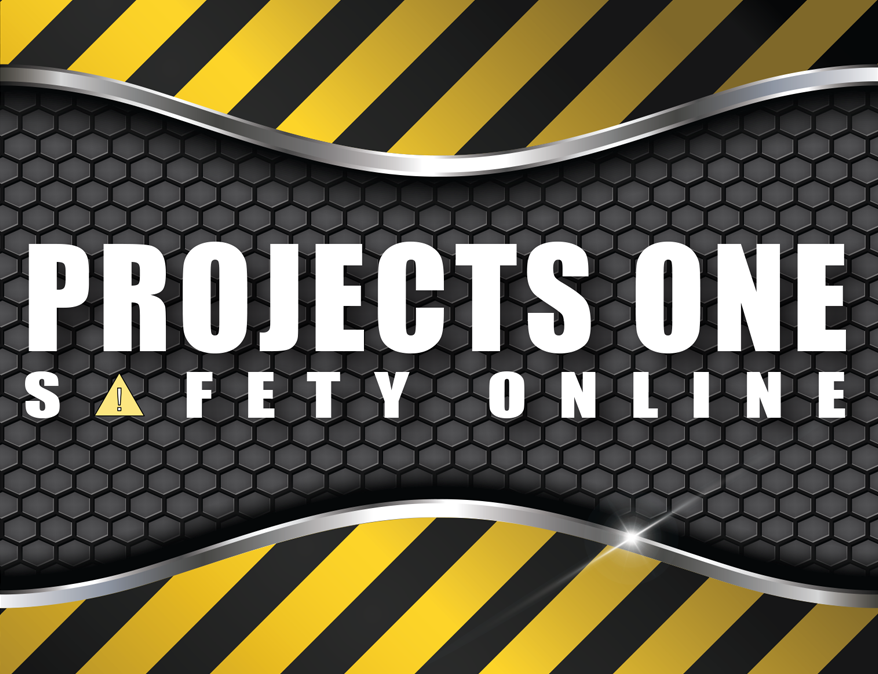
How to make Risk Assessments, JSA, Take 5 Easy?
The construction industry has many names for assessing hazards and risks
The construction industry has a way of bringing a grown tradie to his knees, you may even find him in the fetal position under his desk at the mere mention of needing to do a Risk Assessment.
“So, let’s make some changes and make Risk Assessments easier,” said my good wife in her great wisdom of making things simple.
So, stay reading for a couple of minutes to find out how to make Risk Assessments easy.
Three things you need to understand before we start:
- Hazard – Anything that can cause harm or loss
- Risk – The possibility that harm or loss might occur as the result of a hazard
- Control – manage risk by eliminating health and safety risks so far as is reasonably practicable, and if it is not reasonably practicable to do so, to minimise those risks so far as is reasonably practicable
The Why, When, Where and How of Risk Assessments for the construction industry
Written by, a Tradies Wife, creator of Projects One Safety Online, the ‘simplifier’ of all thing’s safety.
WHY Create awareness, identify hazards and who may be at risk, determine controls and most importantly prevent injuries or illnesses
WHEN Some reasons for doing a Risk Assessment are:
|
|
WHERE Onsite where a risk assessment should be done. Try doing it on your phone in the Projects One Safety Online Application. It’s quick and easy!
HOW Start by consulting your team onsite,
- Record the date and detail the location of the hazard, risk or issue
- Identify the persons likely to be affected (e.g. employees, public, etc.)
- Describe the hazards, risks or issues
- Use the Risk Calculator criteria to determine the likelihood and severity that loss, damage or injury would occur as a result of the hazard
- Determine the Consequence that would result of this loss, damage or injury did occur, using the Risk Calculator criteria for consequences
- Determine the Risk Score by using the Risk Calculator and your Likelihood and Consequence scores. This will give you a risk score of High, Significant, Moderate, or Low. Place this in the column labelled Risk Score (Before Controls)
- Determine the control measures to be implemented to control the hazards/risks using the Hierarchy of Controls. To determine the most effective controls to put into place, start with the most effective controls at the top of the pyramid
- Conduct a second risk assessment to determine the risk score (using the Risk Calculator and repeating steps 6-8) after the control measure is identified and selected for implementation. This will enable you to determine if the risk score has been satisfactorily reduced.
- Allocate a responsible person to ensure the control measures are implemented and a proposed date for their completion. If you have a Supervisor ask them to verify that these actions are completed
- Print and sign your name and the names and signatures of any persons participating in the assessment
Q&A – One question I get asked a lot is:
“is ok to just keep a generic Risk Assessment in the ute?”
my answer is always “no”,
Each jobsite is different; therefore, the hazards are different. Keep a template in the ute and each time you need to do a risk assessment pull it out and write up a new Risk Assessment. Remember you can’t create awareness and prevent injuries if your Risk Assessment is in the Ute and never updated or looked at.
Projects One Safety Online makes Risk assessments easy, quick to update and always available on your phone.
Remember, every morning as you prepare for work ask yourself, what’s different about today? If something is different you need to revise your safety!






